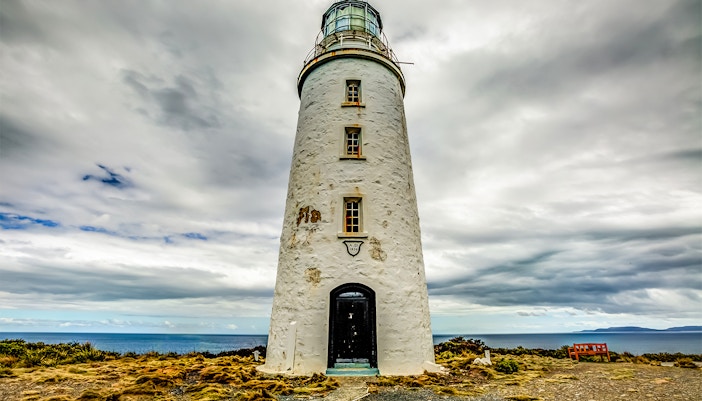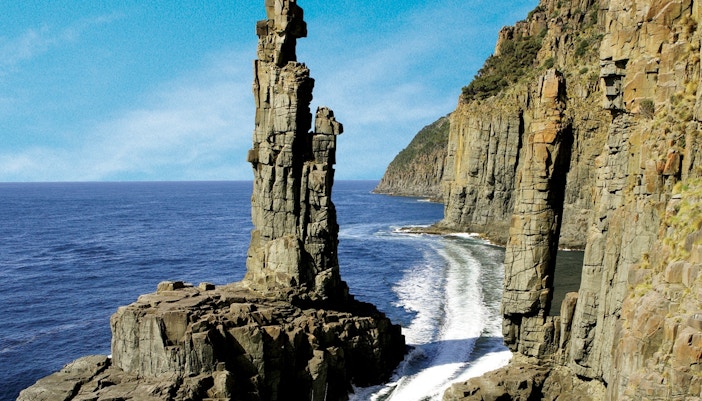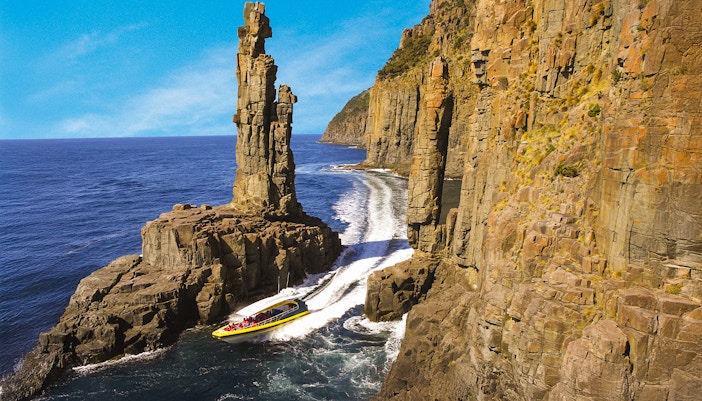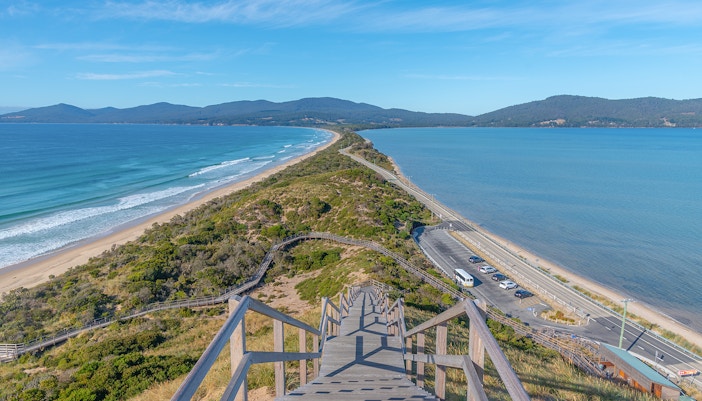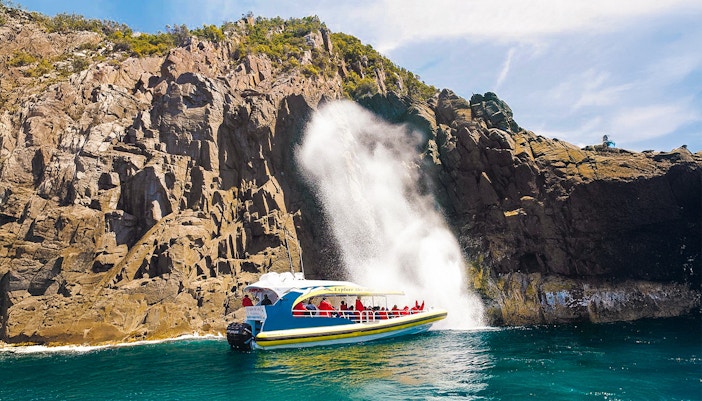Spanning nearly 50,000 hectares, South Bruny National Park was officially declared in 1997 to protect the island’s unique natural and cultural heritage. The park conserves:
- Diverse forests: Towering she-oaks and eucalyptus trees shelter endemic plants and animals found nowhere else.
- Coastal wonders: Sandstone cliffs, sea caves, and secluded beaches carve the shoreline into spectacular vistas.
- Cultural heritage: The park preserves important Aboriginal middens at Native Oyster Bay and the historic precinct around Cape Bruny Lighthouse.
Tasmania Parks and Wildlife Service manage South Bruny National Park, which supports wildlife such as white wallabies, swooping parrots, and migratory shorebirds. Its varied landscapes—from coastal headlands to forested valleys—make it one of Tasmania’s most diverse natural reserves!

